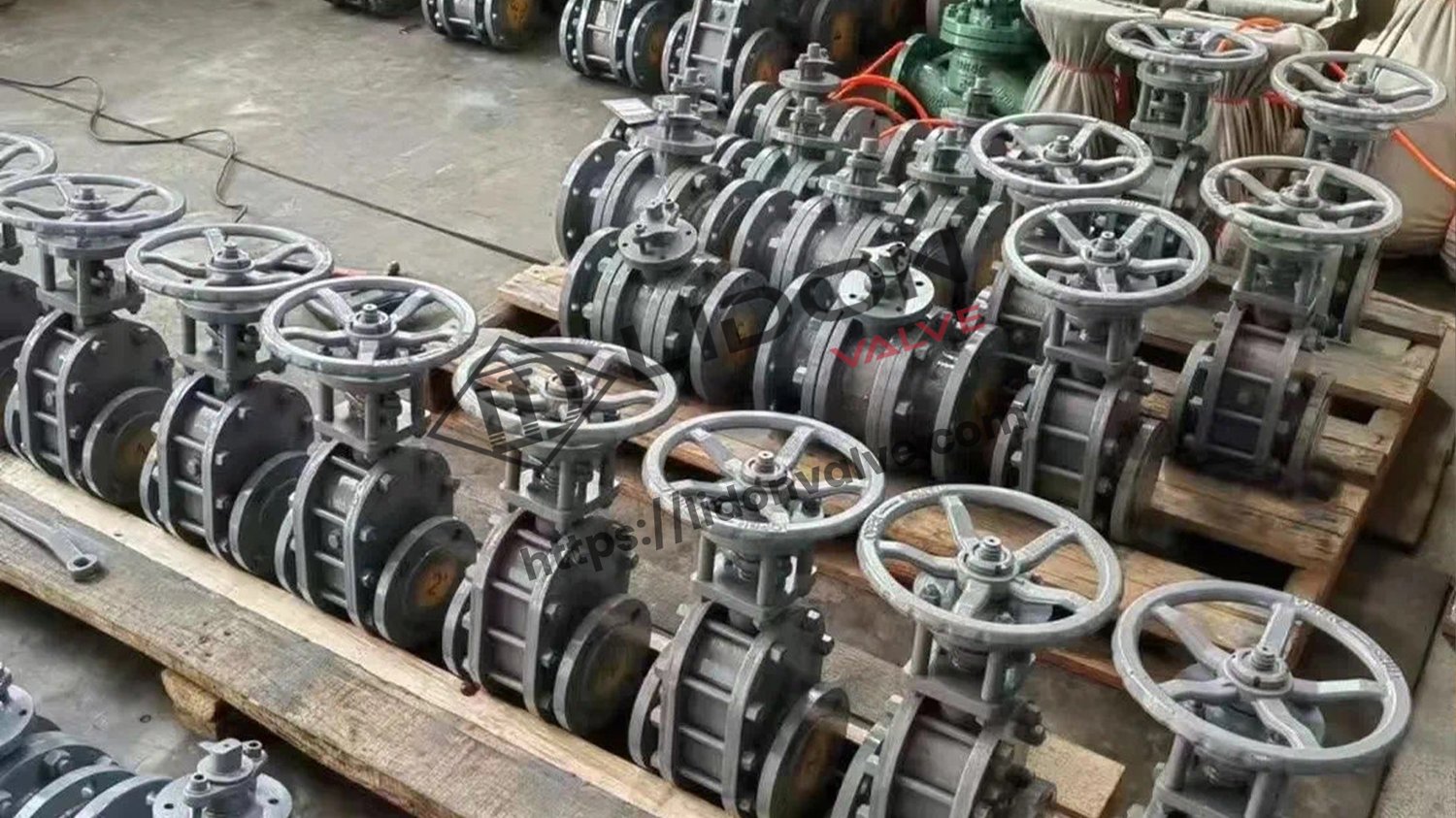The Importance of Engine Discharge Valves in Automotive Systems
Engine discharge valves play a vital role in the efficient functioning of automotive systems. These valves are responsible for regulating the flow of gases or fluids from the engine, ensuring optimal performance and preventing potential damage. In this article, we will explore the different types of valves typically used on engine discharges and their significance in automotive applications.
1. Understanding Engine Discharge Valves
Engine discharge valves are designed to control the flow of gases or fluids released by the engine during its operation. These valves are strategically placed in the exhaust or ventilation systems to regulate pressure, temperature, and other parameters. By effectively managing the flow, engine discharge valves help maintain the engine's performance, reduce emissions, and enhance overall efficiency.
2. The Role of Check Valves
Check valves are commonly used on engine discharges to prevent backflow. These valves allow the fluid or gas to flow in one direction only and prevent any reverse flow that could potentially damage the engine or disrupt its performance. Check valves are particularly important in applications where there is a risk of backflow, such as in turbocharged engines or exhaust systems.
3. Pressure Relief Valves for Engine Discharges
Pressure relief valves are another type of valve commonly used on engine discharges. As the name suggests, these valves are responsible for relieving excessive pressure that may build up within the engine or its components. By releasing the excess pressure, these valves ensure the engine operates within safe limits and prevent potential damage to the system.
4. The Significance of Control Valves
Control valves are essential for regulating the flow rate and pressure of engine discharges. These valves are often equipped with actuators or control mechanisms that allow precise control over the flow parameters. By adjusting the valve opening or closing, control valves enable engineers to optimize the engine's performance, reduce emissions, and improve fuel efficiency.
5. EGR Valves in Exhaust Gas Recirculation Systems
EGR (Exhaust Gas Recirculation) valves are specifically designed for engine discharges in vehicles equipped with EGR systems. These valves control the flow of exhaust gases back into the engine's combustion chambers for combustion. By recirculating a portion of the exhaust gases, EGR valves help reduce nitrogen oxide emissions and improve fuel efficiency.
6. The Role of Blow-off Valves in Turbocharged Engines
Blow-off valves are commonly used on engine discharges in turbocharged engines. These valves prevent compressor surge or damage to the turbocharger by diverting excess pressure when the throttle is closed. Blow-off valves ensure smooth airflow and protect the engine from potential harm, enhancing the overall performance and longevity of the turbocharged system.
7. The Importance of Ventilation Valves
Ventilation valves are critical for engine discharges in systems where the engine requires proper ventilation. These valves allow the release of gases or fluids that accumulate in the engine's crankcase, preventing pressure buildup and potential damage. Ventilation valves help maintain optimal engine performance and extend its lifespan by ensuring proper ventilation and reducing the risk of oil contamination.
8. Safety Relief Valves for Engine Discharges
Safety relief valves are designed to protect the engine from excessive pressure or temperature conditions. These valves automatically open to release pressure or coolant when the system reaches a critical point, preventing catastrophic failures or damages. Safety relief valves are especially important in high-performance engines or applications where the risk of overpressure is significant.
9. The Significance of Throttle Valves
Throttle valves are typically used on engine discharges to regulate the airflow entering the engine. These valves control the engine's power output by adjusting the amount of air/fuel mixture entering the combustion chambers. Throttle valves play a crucial role in maintaining the engine's performance, responsiveness, and fuel efficiency.
10. The Versatility of Multiport Valves
Multiport valves are often employed on engine discharges in systems that require multiple flow paths or functions. These valves offer the flexibility of diverting or combining flows, allowing engineers to optimize the engine's performance for different operating conditions. Multiport valves can be found in various automotive applications, including exhaust systems and emission control systems.

